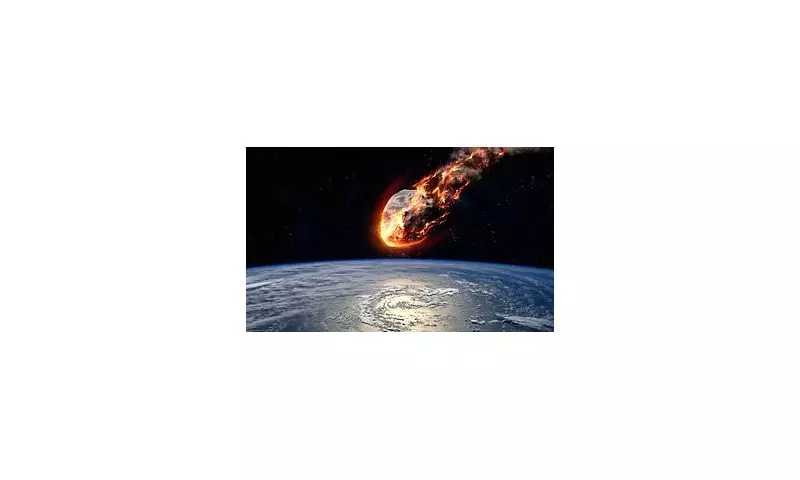
In an extraordinary paleontological breakthrough, scientists have unearthed a fossil graveyard in New Mexico that captures the final, catastrophic moments of the dinosaur era. The remarkable discovery provides unprecedented evidence of dinosaurs that perished and were preserved mere moments before the apocalyptic asteroid impact that wiped them out 66 million years ago.
The Day the Dinosaurs Died
The excavation site, located in the Ojo Alamo Formation, has yielded an astonishing collection of dinosaur remains that tell a chilling story of sudden mass extinction. Unlike typical fossil finds that represent animals that died at various times, these specimens all perished simultaneously during the Cretaceous-Paleogene extinction event.
Dr. James Witts, lead researcher from the University of New Mexico, described the significance: "What we're seeing here is essentially a snapshot of the very day the dinosaurs vanished from Earth. The preservation is so remarkable that we can almost reconstruct the final hours of these magnificent creatures."
Scientific Revelations
The fossil bed contains multiple dinosaur species, including hadrosaurs, ceratopsians, and theropods, all preserved in positions suggesting sudden, violent death. Geological evidence indicates they were buried rapidly by sediment triggered by the asteroid's impact, creating perfect conditions for fossilisation.
Key findings from the research include:
- Iridium-rich sediment layers directly above the fossil beds, matching the chemical signature of the asteroid impact
- Shocked quartz crystals that only form under extreme pressure from cosmic impacts
- Perfectly preserved skeletons showing no signs of scavenging or decomposition
- Evidence of massive flooding and seismic activity consistent with impact effects
Global Implications
This discovery challenges previous theories about how quickly the extinction occurred. The New Mexico site demonstrates that the asteroid's effects were instantaneous and catastrophic across North America, rather than a gradual decline over thousands of years.
Professor Sarah Jenkins, a paleontologist not involved in the study, commented: "This is arguably the most significant dinosaur discovery of the decade. It provides the clearest evidence yet that the asteroid impact was the primary cause of their extinction, rather than volcanic activity or climate change."
The research team continues to excavate the site, hoping to uncover more clues about Earth's most famous mass extinction event and what it can teach us about planetary resilience in the face of cosmic threats.





